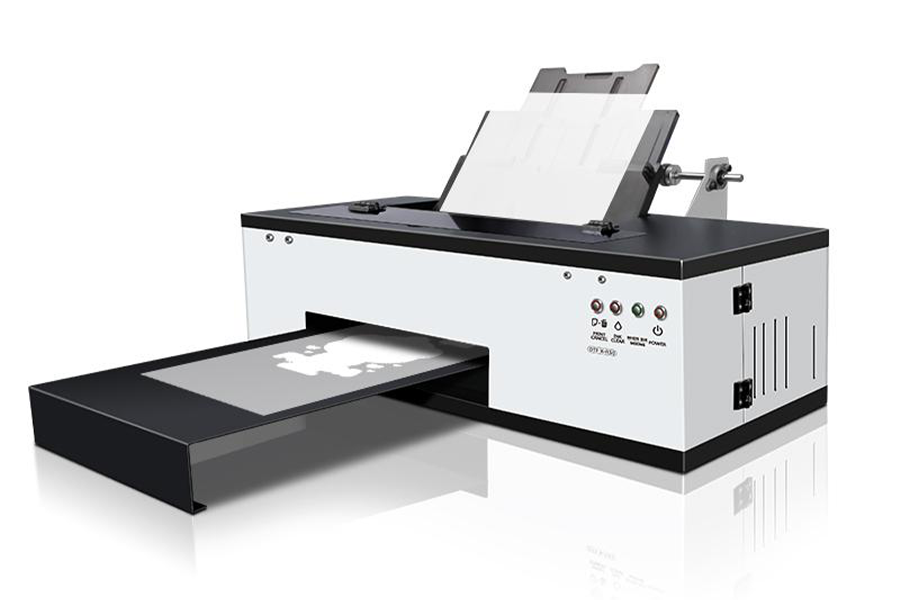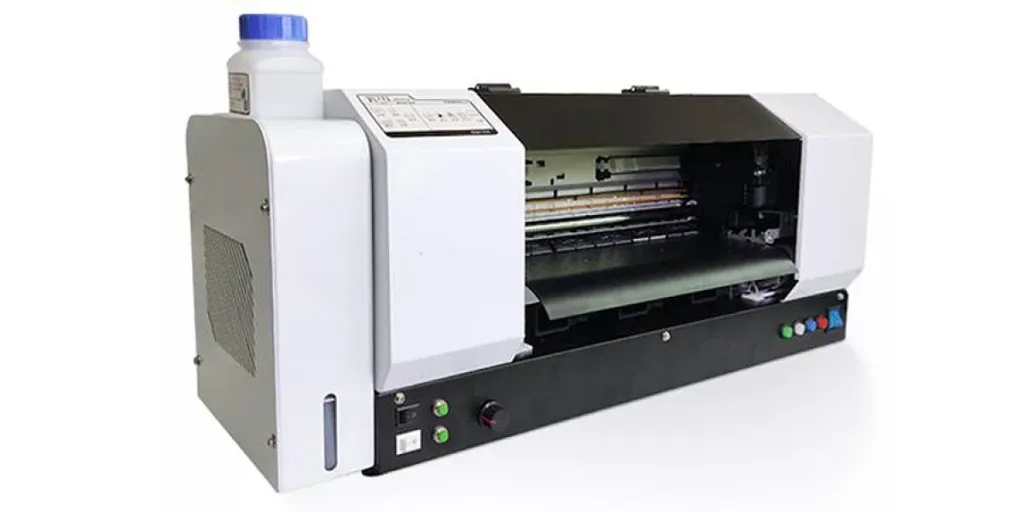Heat transfer printers use thermal heat to apply a ribbon coating onto paper. They’re mainly used in the printing of identification labels, although they can be used for various other applications as well. Their use of heat in the printing process makes them delicate machines, and as a result they require professional maintenance and care. With this in mind, this guide will look at the various aspects to focus on when maintaining heat transfer printers to ensure that they function well for an extended period of time.
Table of Contents
Why maintenance of heat transfer printers matters
The structure of heat transfer printers
How to maintain heat transfer printers
Final thoughts
Why maintenance of heat transfer printers matters
Maintenance of heat transfer printers is essential in ensuring that the printer runs well and does not fail unexpectedly. In addition, regular maintenance will lead to an increased lifespan of the machine, and in the long run it also helps lower operational costs for a business. And finally, proper maintenance of printers will increase the consistency in the quality of the prints.

The structure of heat transferprinters
Thermal printing works by the print head generating heat which is then transferred to a chemically treated thermal paper. The printer sends an electric current to the print head, which generates heat. The heating elements in a thermal printer are lined up in small, closely spaced dots. The paper has a thermosensitive coloring layer which changes color after being heated. A thermochemical reaction takes place as the heating elements form texts and graphics. The reaction causes the text and graphics to be transferred to the surface.
A heat transfer printer comprises of the following key components:
A thermal head – Also known as the print head, which generates the heat that causes the thermochemical reaction and prints on paper.
A platen – This is a rubber roller that feeds the printer with paper.
A spring – This applies pressure to the thermal head, ensuring it is in contact with the thermosensitive paper.
How to maintain heat transfer printers
Maintaining a heat transfer printer can be done in three main ways.
1. Scheduled cleaning and lubrication
Remove dust
The heat transfer printer should be dusted regularly, preferably before using it every day. The dust, if not properly removed, can make the machine hotter. The machine’s exterior and interior parts should therefore be dusted with a soft cloth as often as possible.
Keep the machine lubricated
Lubricants resistant to heat and pressure are the best for heat transfer printers. If they are not available, white grease also serves as a good lubricant. The lubricant should be applied to the pistons and the heat press rods to allow the platens’ to be lifted and lowered smoothly. This should be done with a rag or a cotton swab at least once a year. However, if the heat press is regularly used, it can be lubricated twice a year or even quarterly.
Clean the upper platen
The upper platen can have a build-up of excess ink, residue, or adhesives which can affect the next print job. It is therefore advisable that the upper platen is cleaned after every job. This can be done by wiping the platen with a clean, dry cloth while it’s hot. For more stubborn residues, mineral acid on a cloth can be used. Note that mineral acid is flammable and should be used when the platen is cold. Ensuring the platens are clean is necessary for heat presses as they provide a smooth surface for heat distribution. It’s also important not to use any abrasive tools to remove residue on the platen as it could damage the Teflon coating.
2. Replacing parts
Rubber pad/lower platen
The lower platen is also known as the silicon board. It ensures that pressure is evenly distributed across the pressed cloth. Care should be taken so as not to puncture the surface by pressing sharp objects between the platens. Improper handling when loading or unloading the heat press could also affect the edges of the platens. Teflon can also be used to cover the platens by acting as a mattress cover and protecting the platens. If the lower platen is cracked, punctured, chipped, deformed, warped, or dented, replacing it may be cheaper than repairing it. Maintaining an even surface is crucial for the proper functioning and maintenance of a heat press.
The power cord
When replacing a power cord, care should be taken so that the replacement cord has enough wattage/voltage for the machine. Failure to do so could lead to a fire hazard.
Calibration
Calibrating a thermal transfer printer involves setting up the printer to conform to a specific industry standard or business specification. There are several instances when a printer should be recalibrated:
• When device drift occurs between the ink and the paper
• After doing maintenance of the printer or replacing parts
• When lines appear to be fuzzy on the printed artwork
Recalibration is crucial as it will help the printer to consistently produce high-quality work.
3. Maintenance while working
Use heat press sheets/covers
Teflon sheets can be placed on top of your transfers to prevent them from sticking on the upper platen. At the same time, Teflon pillows can be placed underneath the item you’re applying the transfer to. The Teflon can be used with many transfers. However, they’ll have to be replaced when torn or cracked.
Placement of printed items
Printed items should be placed in the center of the heat transfer printer. This is because heat transfer starts from the center and extends to the outer parts of the printer. Uncentered applications can result in the transfer not applying correctly.
Final thoughts
Proper maintenance of heat transfer printers is highly recommended, especially for businesses that use them often. In the longer run, the benefits of maintaining the machines will far outweigh the costs. Such benefits include increasing the longevity of the printers, as well as reducing the need for repairs. This guide has aimed to highlight the steps to properly maintaining one’s machine. It’s also worth keeping in mind that acquiring heat transfer printers from credible sources can contribute to their longevity. Visit Alibaba.com for a great selection of heat transfer printers.




